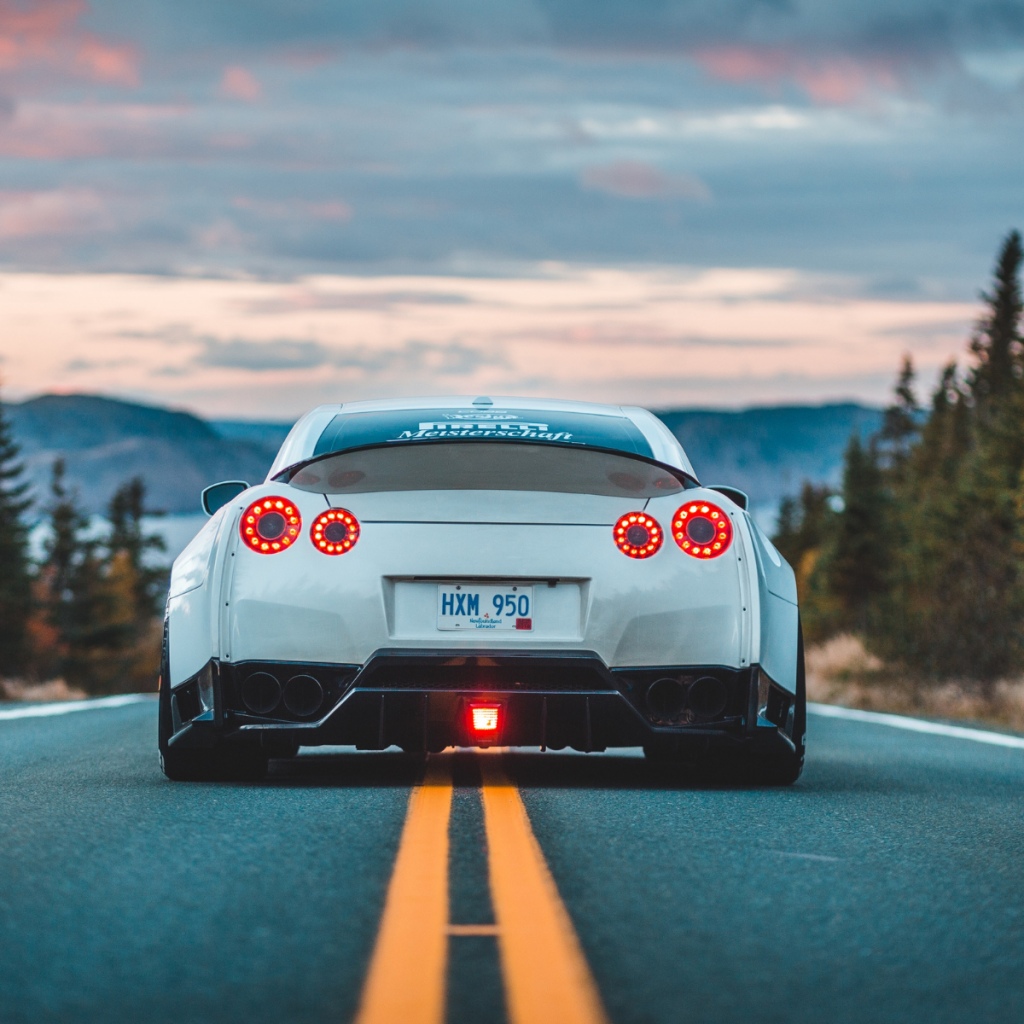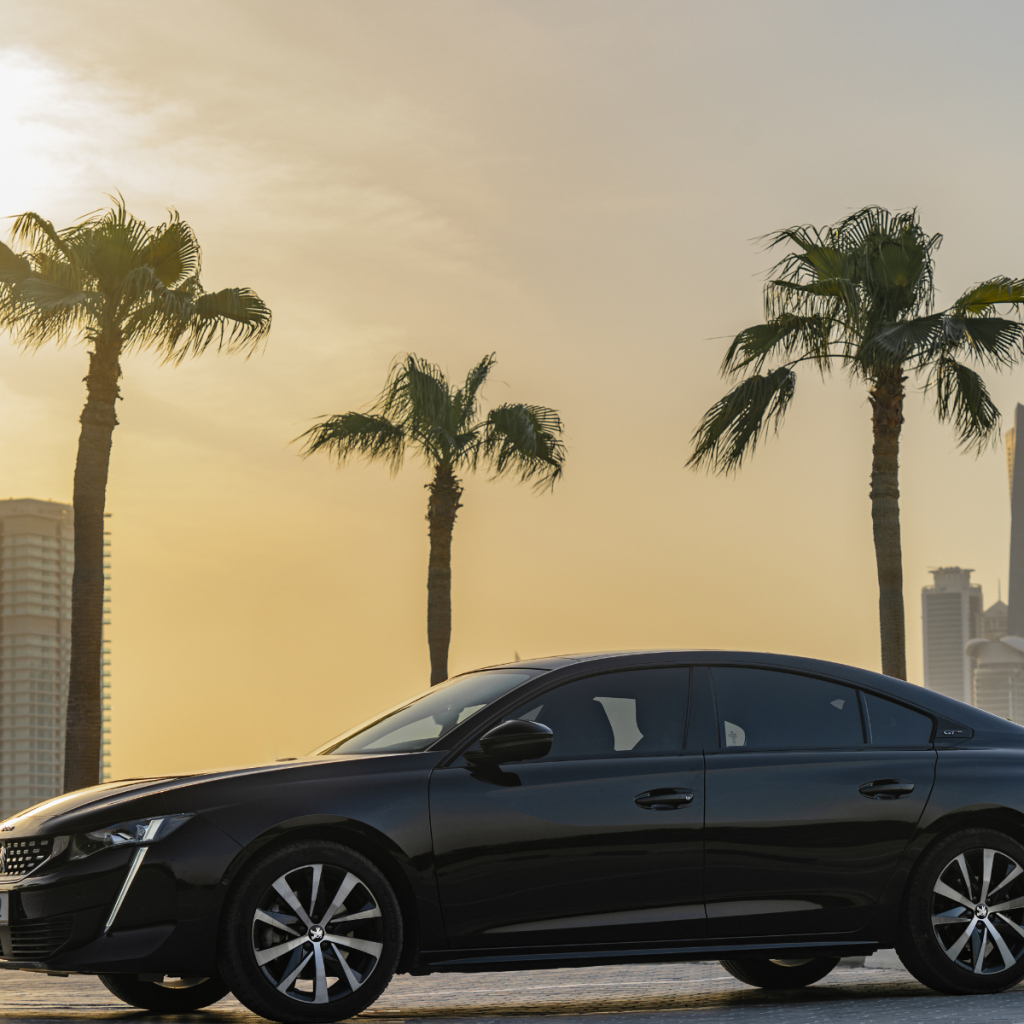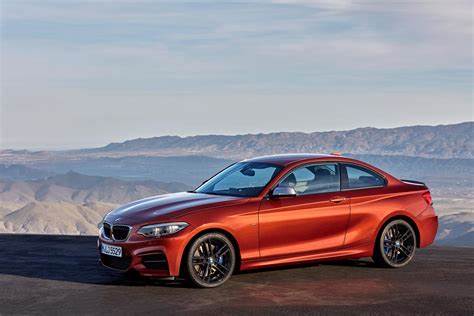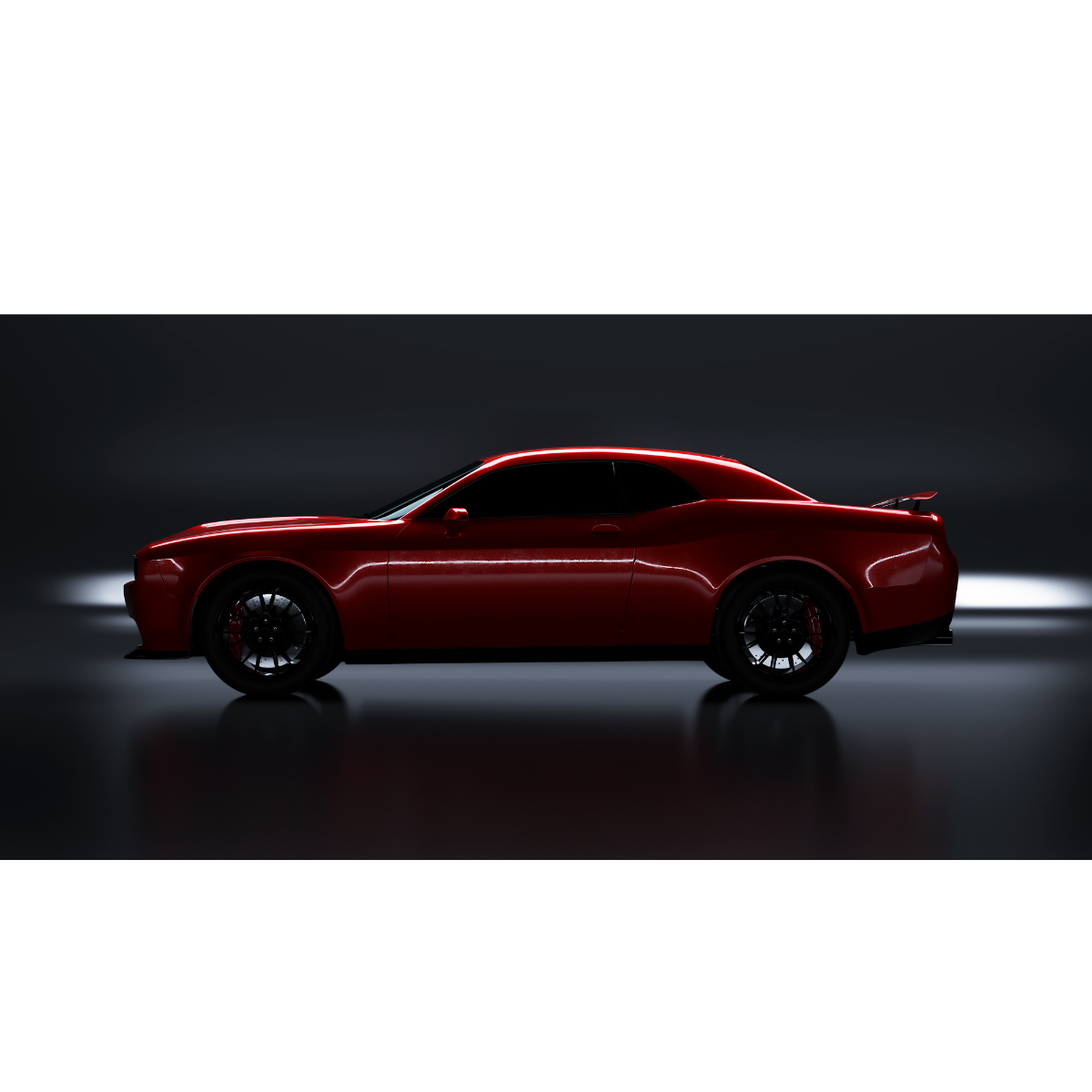The coupe is a car design that has captured the hearts of automobile enthusiasts for decades. Known for its sleek, stylish appeal and sporty attributes, the coupe has been a symbol of elegance and performance. Over the years, it has evolved significantly, adapting to technological advances, changing consumer preferences, and shifting automotive trends. From its humble beginnings as a two-door variant of family sedans to its modern interpretation as a high-performance, luxury vehicle, the coupe’s history is as rich and varied as the car models it represents.
In this article, we’ll take a deep dive into the history and evolution of the coupe car. We’ll explore how this iconic vehicle style has transformed, its influence on the automotive industry, and why it continues to be a favorite among drivers seeking performance and style.
Origins of the Coupe: The Beginnings
The word “coupe” originates from the French term “couper,” meaning “to cut.” This term referred to the design of a car with a shortened or cut-down body, typically with two doors, as opposed to the longer, four-door sedan. In the early days of the automobile, the coupe was an upscale version of a carriage, designed to carry fewer passengers while offering greater luxury and exclusivity. The first coupes were introduced in the late 19th and early 20th centuries, primarily in Europe.

These early coupes were often based on horse-drawn carriages but were equipped with the latest in automobile technology. They were typically built with a more streamlined appearance compared to the traditional sedans, making them both more practical for the well-to-do and visually more appealing.
The 1920s and 1930s: The Birth of the Modern Coupe
The 1920s and 1930s marked a significant period in the history of the coupe. During this time, automobile manufacturers started to produce vehicles that were smaller, lighter, and more efficient, while also becoming more accessible to a larger portion of the population. This era saw the coupe evolve from a luxury vehicle to a more mainstream option.
In the United States, manufacturers like Ford and Chevrolet began producing affordable coupes for middle-class families, and by the end of the 1930s, the coupe had become a staple in the automotive market. These cars were not only more affordable but also offered improved performance and a sense of freedom that larger, more traditional cars could not match. This era also introduced iconic designs, like the streamlined, Art Deco-inspired vehicles of the late 1930s, which featured bold lines, a rounded shape, and lavish interiors.
The 1940s and 1950s: Post-War Innovation
The end of World War II brought about a period of great innovation in the automotive industry, and the coupe was no exception. During the 1940s and 1950s, coupe cars began to exhibit a more refined and powerful design, with improvements in both engine performance and aesthetic appeal.
Manufacturers like Ford, General Motors, and Chrysler introduced iconic models like the Ford Thunderbird and Chevrolet Corvette. These models helped to redefine the coupe, combining luxury, performance, and style into one package. The introduction of these sports coupes signaled the beginning of the coupe’s association with high-performance, with sleek bodies designed for speed and efficiency.
This period also witnessed the rise of muscle cars, a sub-genre of coupes that became incredibly popular during the 1960s and 1970s. Cars like the Ford Mustang and Chevrolet Camaro emerged as true symbols of American automotive culture. These muscle cars were designed with powerful V8 engines, larger bodies, and aggressive styling, which helped to elevate the coupe to new heights of popularity.
The 1960s to 1970s: The Muscle Car Era
The 1960s and 1970s are widely regarded as the golden age of the coupe, particularly the muscle car era. The muscle car movement was defined by cars that combined large, powerful engines with aggressive designs. Models like the Dodge Charger, Pontiac GTO, and Chevrolet Camaro are some of the most iconic muscle cars of this period.

During this era, the coupe became a symbol of youthful rebellion, speed, and raw power. It was the car of choice for those seeking high performance, and its ability to combine affordability with speed made it extremely popular. The coupe was no longer just a luxury vehicle; it became a cultural icon that represented freedom, youth, and performance.
The rise of muscle cars also brought with it innovations in automotive engineering, including more powerful engines, better suspension systems, and improved aerodynamics. This period helped solidify the coupe’s place in the automotive world, creating a legacy that continues to influence car designs today.
The 1980s to 1990s: Shifting Focus and the Revival of the Coupe
The 1980s and 1990s saw a shift in focus for many coupe manufacturers. While muscle cars continued to be popular, economic challenges and stricter environmental regulations led to a rise in smaller, more fuel-efficient cars. During this time, many coupe models took on a more compact design, with a focus on improved fuel economy and handling.
In the 1980s, Japanese automakers like Toyota and Honda introduced sportier, more compact coupes such as the Toyota Celica and Honda Prelude. These vehicles appealed to a younger demographic looking for style and performance at a more affordable price. Meanwhile, American manufacturers like Ford and Chevrolet continued to offer performance coupes like the Ford Mustang and Chevrolet Camaro, which were revamped to offer more modern designs and improved technology.
The 1990s also saw the introduction of more refined luxury coupes, such as the Lexus SC and BMW 3 Series Coupe. These vehicles combined performance with high-end features, giving the coupe a more upscale, sophisticated image. The popularity of the coupe in these years continued to prove its enduring appeal, both in the sports car and luxury segments.
The 2000s to Present: Modern Coupes and Performance
Today, the coupe has evolved into a more versatile and diverse vehicle class. Modern coupes blend high-performance engines with luxurious features and cutting-edge technology. While the coupe’s core design—two doors, a low profile, and sporty handling—has remained intact, advancements in automotive technology have enabled manufacturers to offer a range of coupe models that cater to various customer preferences.

Performance coupes like the BMW M4, Mercedes-Benz AMG GT, and Audi RS5 continue to impress with their power, agility, and sophisticated designs. These vehicles are equipped with turbocharged engines, lightweight materials, and advanced handling systems that make them highly capable on the track or the street. Meanwhile, luxury coupes such as the Lexus LC and the Porsche 911 Carrera provide an elevated level of comfort, technology, and style.
In addition to performance and luxury models, there has been a rise in eco-friendly coupes, such as the Tesla Model S, which provides a sustainable alternative without compromising on speed or design. These vehicles are equipped with electric powertrains, offering high torque and acceleration, while still adhering to the coupe’s signature sporty styling.
Conclusion: The Enduring Legacy of the Coupe
The coupe’s journey from a luxury car with limited appeal to a mainstream icon of performance, style, and innovation is a testament to its enduring popularity. Throughout the decades, the coupe has adapted to changing trends and technological advancements, remaining relevant and in demand. Today, whether you’re seeking a high-performance sports car, a luxurious cruiser, or an eco-friendly alternative, the coupe is more diverse than ever.
The history and evolution of the coupe car is a reflection of the changing landscape of the automotive industry. From the early days of streamlined designs to the muscle cars of the 1960s, and finally to the high-tech, performance-driven coupes of today, this iconic vehicle type continues to capture the imagination of drivers worldwide. As long as people crave speed, style, and sophistication, the coupe will remain a beloved symbol of automotive excellence.

Leave a Reply